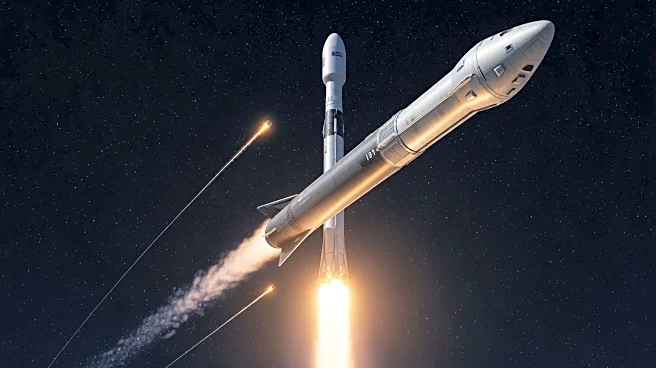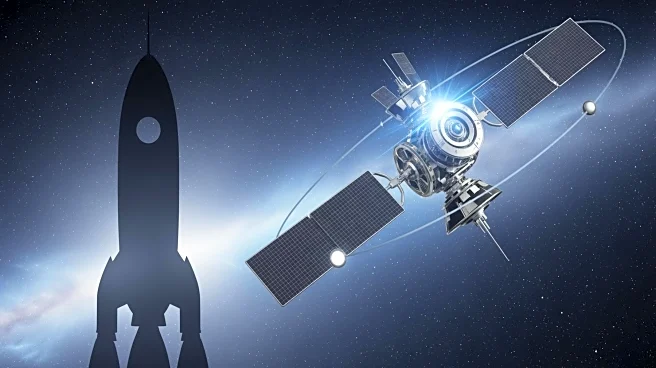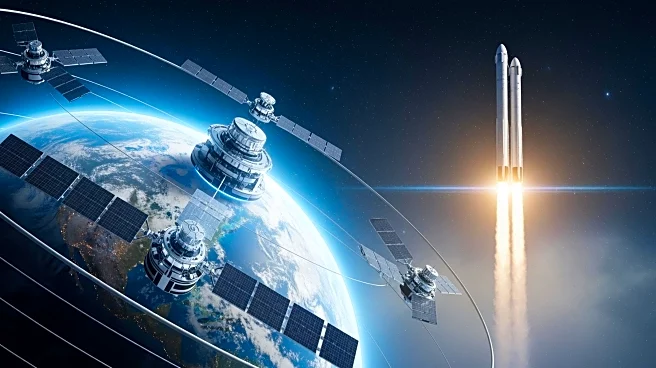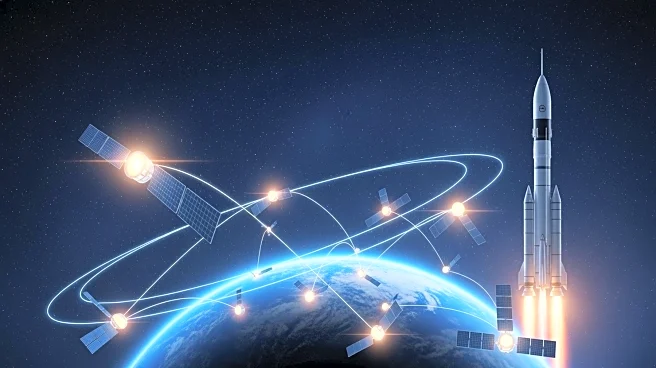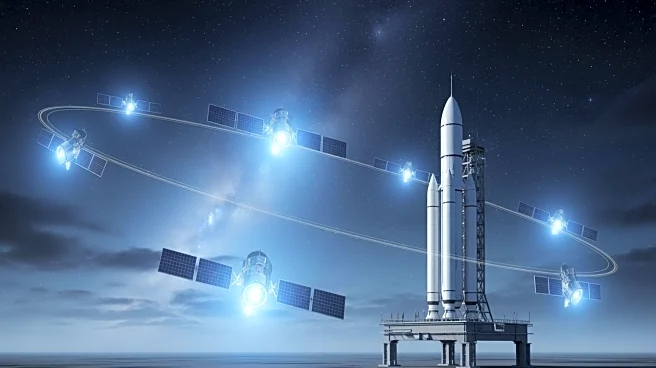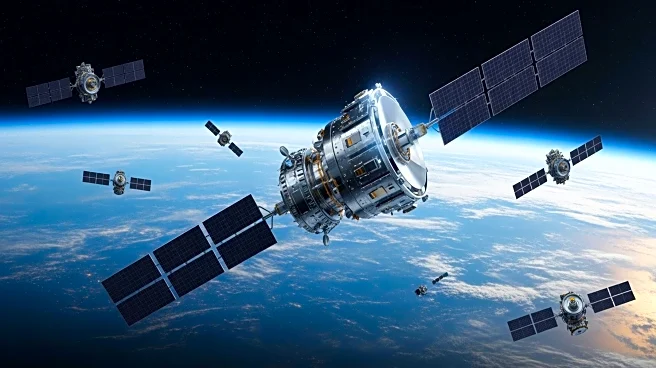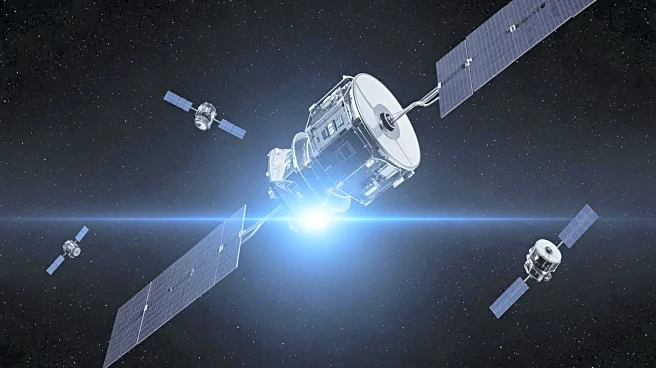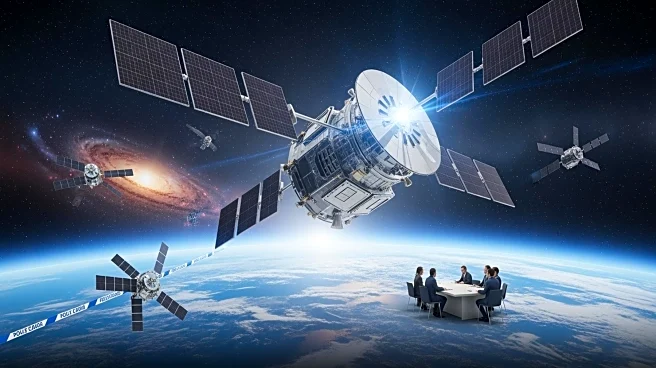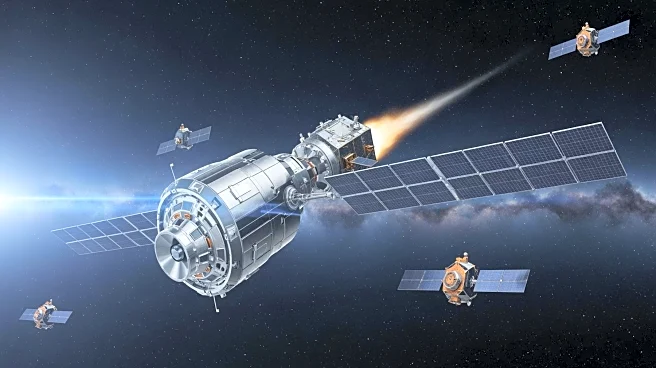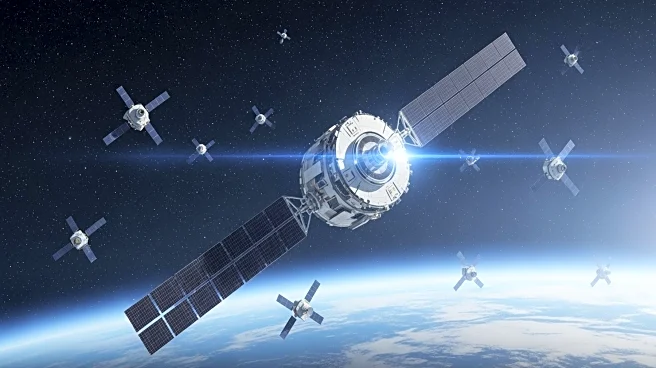What's Happening?
SpaceX successfully launched 28 Starlink broadband satellites into orbit using a Falcon 9 rocket from Florida's Cape Canaveral Space Force Station. This launch marked the 31st mission for the Falcon 9's
first stage booster, designated 1067, which returned to Earth with a precise landing on the SpaceX drone ship 'A Shortfall of Gravitas' in the Atlantic Ocean. The Falcon 9's upper stage deployed the satellites into low Earth orbit approximately 64 minutes after liftoff. This mission underscores SpaceX's strategy of reusing rockets to reduce spaceflight costs and enhance efficiency. The company is also developing a fully reusable rocket, Starship, aimed at facilitating human settlement on Mars.
Why It's Important?
The successful reuse of the Falcon 9 rocket's first stage for the 31st time highlights SpaceX's commitment to reducing the cost of space travel, which could have significant implications for the aerospace industry. By lowering launch costs, SpaceX is making space more accessible, potentially accelerating advancements in satellite technology and space exploration. The deployment of additional Starlink satellites also expands SpaceX's global broadband internet service, which aims to provide high-speed internet access to underserved areas worldwide. This could have a transformative impact on global communication infrastructure and digital connectivity.
What's Next?
SpaceX's continued focus on rocket reusability and the development of the Starship rocket could further revolutionize space travel. The company's efforts to make space more accessible may lead to increased commercial and scientific missions, as well as potential collaborations with government space agencies. The expansion of the Starlink network is expected to continue, with more satellite launches planned to enhance global internet coverage. Stakeholders in the telecommunications and aerospace industries will likely monitor these developments closely, as they could influence market dynamics and technological innovation.
